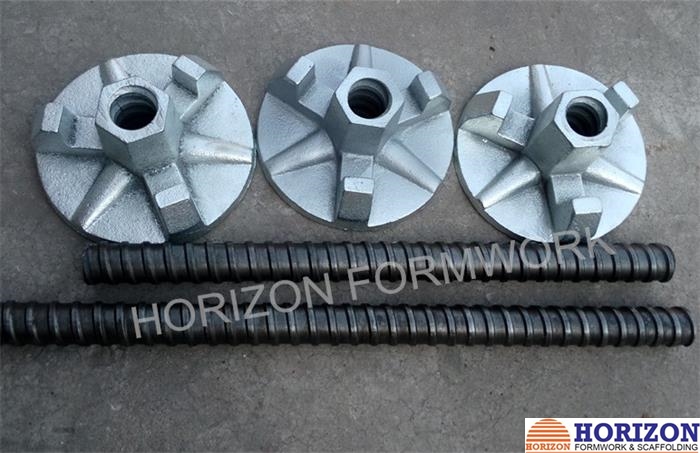Dec . 12, 2024 00:53 Back to list
shuttering scaffolding
Understanding Shuttering and Scaffolding in Construction
In the realm of construction, two critical concepts often come into play shuttering and scaffolding. Both play integral roles in enabling the safe and efficient completion of various construction projects, yet they serve different purposes and involve distinct methodologies.
What is Shuttering?
Shuttering refers to the temporary structure that is used to contain concrete while it sets. This process is vital for shaping structures like walls, columns, slabs, and beams. The materials used for shuttering can vary widely and include plywood, steel, plastic, or timber, depending on the type and scale of the project. The primary goal of shuttering is to support the wet concrete until it has sufficiently cured and gained enough strength to sustain its own weight.
Shuttering can be categorized into different types, including
1. Traditional Shuttering This is typically constructed on-site using timber and offers flexibility in design but can be labor-intensive and may result in variations in quality. 2. Modular Shuttering Prefabricated panels and frames are used, which can be assembled quickly and reused multiple times. This method reduces construction time and material waste.
3. Climbing Formwork Usually employed in high-rise construction, this method allows the formwork to be jacked up as concrete is poured, making it efficient for vertical structures.
4. Stay-in-Place Formwork This is a type of formwork that remains in place after the concrete has cured, often used with insulated concrete forms (ICF) for energy-efficient structures.
The Importance of Proper Shuttering
Proper shuttering is crucial for several reasons. Firstly, inadequate or improperly installed shuttering can lead to structural failures and costly repairs. It also affects the surface finish of the concrete. A well-constructed shutter will provide the required support and shape while minimizing imperfections. Moreover, effective shuttering can significantly enhance the overall efficiency of a project, reducing both time and labor costs.
What is Scaffolding?
shuttering scaffolding

On the other hand, scaffolding refers to the temporary structures that support workers and materials during the construction or repair of buildings. It provides a safe and stable platform that allows workers to access higher elevations without compromising safety. Different forms of scaffolding include
1. Tube and Coupler Scaffolding This versatile type involves the use of steel tubes and couplers to create a framework that can be adapted to various structures.
2. Frame Scaffolding Pre-assembled frames offer quick and easy setup, making it a popular choice for smaller projects.
3. System Scaffolding This is a more advanced modular system that is quicker to erect and typically comes with engineered designs.
4. Suspended Scaffolding Primarily used for tasks requiring work at significant heights, such as window washing or building maintenance, this type can be raised and lowered as needed.
The Importance of Proper Scaffolding
Scaffolding is essential for ensuring the safety of workers at elevated heights. It provides a stable work area, significantly reducing the likelihood of accidents and injuries. Furthermore, a well-designed scaffolding system enables better workflow by providing easy access to different parts of the construction site. This efficiency can lead to quicker project completion times.
The Interrelationship Between Shuttering and Scaffolding
While shuttering and scaffolding serve different functions, they are often used simultaneously in construction projects. For instance, in the erection of a high-rise building, scaffolding is essential to allow workers to access the upper levels while installing shuttering for concrete floors above. The overlap in their use underscores the importance of coordination and planning in construction management, as any inefficiencies in either system can cascade into project delays and increased costs.
Conclusion
In summary, understanding the roles of shuttering and scaffolding is crucial for anyone involved in the construction industry. While shuttering shapes the concrete and helps it set properly, scaffolding ensures that workers can safely access heights and perform their tasks efficiently. Ensuring both are designed and implemented correctly can lead to successful project outcomes, enhancing both the safety and quality of construction. Whether a project involves residential, commercial, or industrial construction, the importance of these temporary structures cannot be overstated.
-
Adjustable Heavy Duty Props for Slab Formwork | Strong & Reliable Support
NewsAug.23,2025
-
Adjustable Heavy Duty Props for Slab Formwork - Strong & Safe Support
NewsAug.22,2025
-
Formwork Spring Clamp Factories: Quality & Bulk Supply
NewsAug.21,2025
-
Premium Ringlock Scaffolding | China Manufacturer & Supplier
NewsAug.19,2025
-
Efficient Table Formwork for Fast Slab Construction & Reusability
NewsAug.18,2025
-
Timber Beam H20 Formwork & Shuttering - Durable & Reliable
NewsAug.17,2025